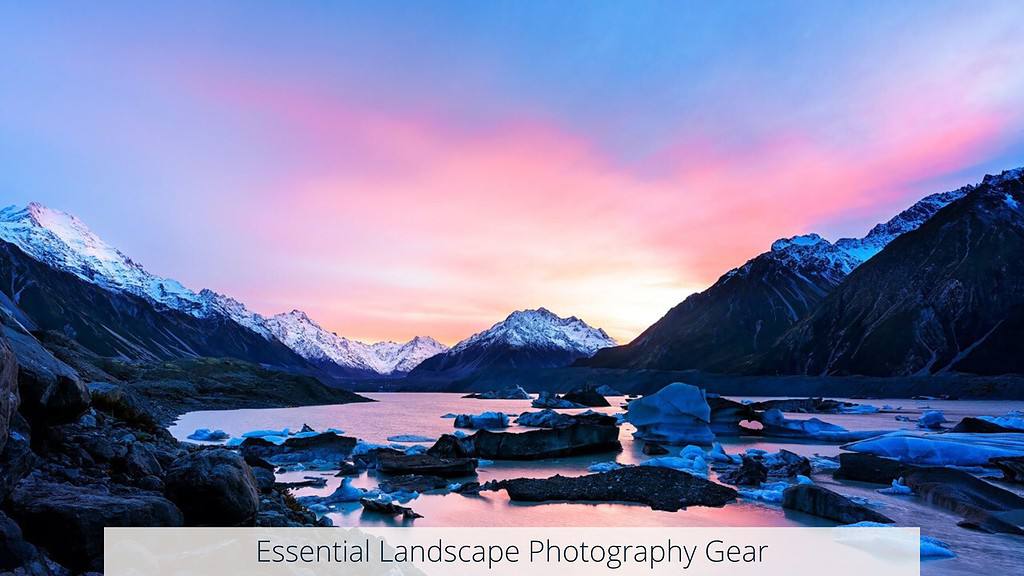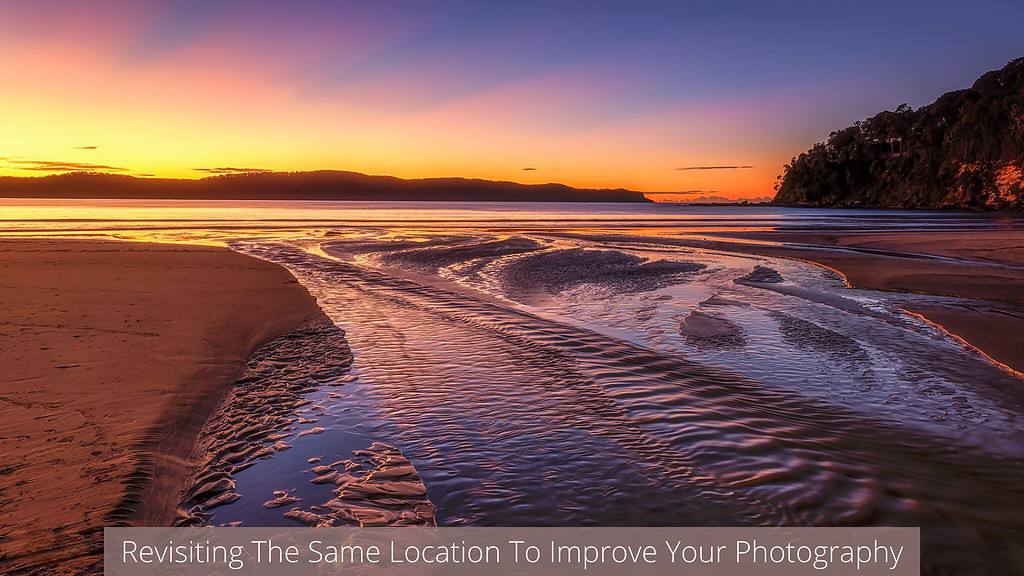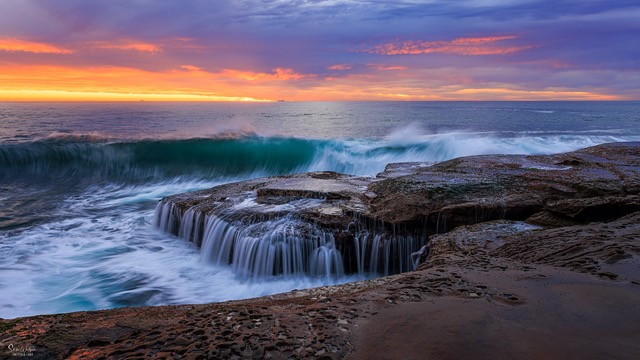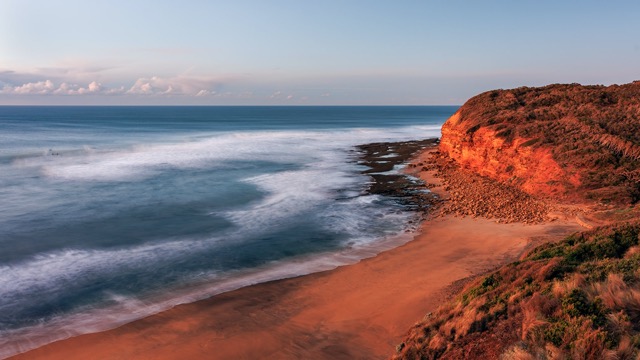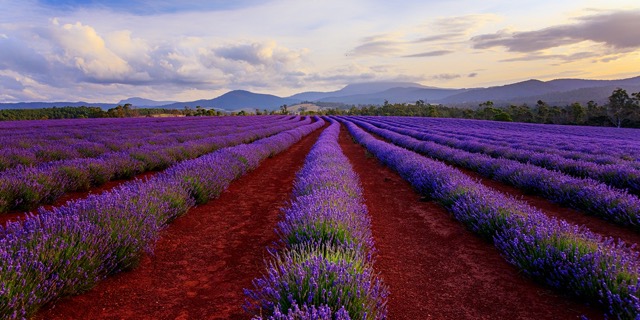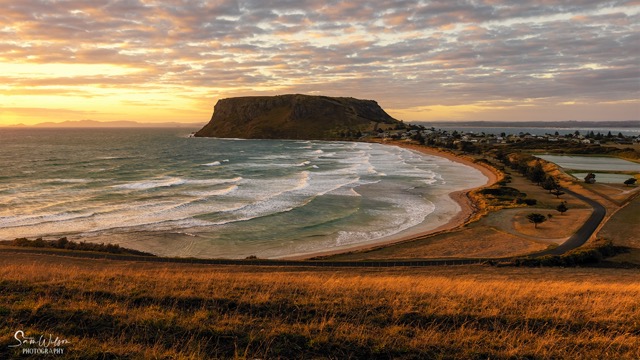Planning Landscape Photography: 5 Tips For A Successful Shoot
This article is all about planning landscape photography so you’re not relying on luck alone.
Those beautiful landscape photos you see are very rarely a result of luck. The best results usually come from having a plan, and that’s especially true when you’re trying to plan a specific season, a beautiful sunrise, or astrophotography.
Whether you’re photographing around the corner from where you live or on the other side of the world, planning will set you up for the best possible results.
It really comes down to timing, researching your location, optimal weather conditions, the right gear, taking your time – and maybe a bit of luck thrown in.
This article will give you all the tips and tools you need to plan a successful landscape photoshoot, so let’s go!
Before we dive in, I wanted to share a special freebie for you if you’re also new to photography.
It’s my FREE Exposure Quick Start Guide designed to get you started in your journey by learning the elements of exposure and start taking better photos – Fast!
Timing: Catching the Perfect Light
The bulk of the planning process for your landscape photography involves researching your destination, and the first part is to figure out when to visit to get the best conditions.
The Golden Touch of Time
First up is the time of day.
I mention the golden hour so often in my articles that I feel it’s a bit overdone, but it’s just so critical when it comes to planning landscape photography.
It really is all about catching the right light, and this is what makes some photos pop more than others.
Early mornings and late afternoons, when the sun is low, bathe the landscape in a warm, golden glow that makes everything look better.
This is what photographers call the golden hours, and trust me, it’s worth setting an alarm for.
The other bonus is that if you’re going to a popular tourist information, going at sunrise is almost guaranteed to be quieter than sunset.

Seasonal Magic
Then there’s the time of year.
Seasons change the landscape’s wardrobe, dressing it in different colours and moods.
Imagine capturing the fresh bloom of spring, the lush green of summer, the fiery colours of autumn, or the pristine white of winter.
Each season offers a unique backdrop, making your photos stand out.
Tech to the Rescue
Now, how do you ensure you’re at the right place at the right time with the perfect light?
Enter apps like Photographer’s Ephemeris and Photo Pills. These aren’t just apps; they’re your personal photography planning assistants.
They tell you where the sun and moon will be, when the golden and blue hours happen, and even when the Milky Way will grace your night sky shots.
With these tools, you can plan ahead and make sure you’re all set for those awe-inspiring shots.
Location Scouting: Finding Your Perfect Spot
When it comes to landscape photography, finding the right location is half the battle. It’s about more than just a beautiful scene; it’s about discovering a place that speaks to you and your audience.
This means hitting the ground to explore potential spots or diving into research from the comfort of your home.
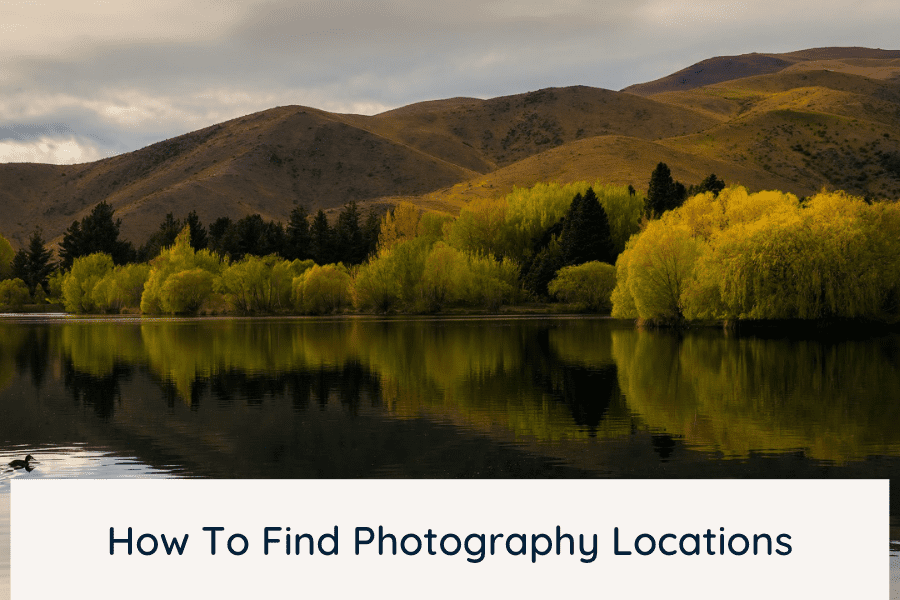
Virtual Scouting: Maps and Social Media
In today’s digital age, virtual scouting has become an invaluable tool.
Online maps, such as Google Earth, allow you to explore locations from above, giving you a sense of the terrain, possible compositions, and even the direction of natural light at different times of the day.
Social media platforms, particularly those focused on photography, can also offer inspiration and practical insights into accessible spots, hidden gems, and current conditions.
Getting Out There: Exploring in Person
If you can, nothing beats the insights gained from physically visiting a location.
This hands-on approach lets you experience the environment, understand its scale, and find unique angles that you might miss through a screen.
It’s also a great opportunity to plan your shots according to natural elements, like a river’s flow or a mountain’s contour, which add depth and interest to your photos.
The Role of Community
Engaging with local photography groups or forums can provide valuable tips and insights about locations.
Local photographers are often willing to share their experiences, favourite spots, and the best times to visit them.
This community knowledge can be a goldmine for planning your shoots, offering a blend of tested spots and personal anecdotes that enrich your scouting process.
If plan A doesn’t work, the alphabet has 25 more letters – 204 if you’re in Japan.
~ Claire Cook
Weather Conditions
The best weather for your landscape photography isn’t about finding a sunny day for your shoot; it’s about understanding how different conditions can dramatically change the mood and impact of your landscape photos.
Cloudy days can make the colours pop without harsh shadows. Fog can give your shots a mysterious feel, and storms can add drama with those intense skies.
Knowing what the weather’s going to do helps you plan for the best shot.
Staying Ahead with Apps
You don’t have to be surprised by the weather. While not completely accurate, they can certainly help give you the best opportunities.
They tell you about more than just rain or sun. They give details on wind, humidity, and the best times for soft light.
The Photographer’s Ephemeris: Great resource to predict not just the sun and moon times, but also where they will rise and set in relation to the location you provide.
Willy Weather: covers general weather conditions and rain forecasts. It also has sunrise/sunset times along with tides and swell for seascape shoots.
Clear Outside: predicts cloud coverage and fog. For clouds you are particularly interested in having high clouds to give you the best chance for a colourful sunrise or sunset.

The Magic of Unpredictable Weather
Even with all the planning, sometimes a surprise change in the weather gives you an amazing photo.
That moment when a storm clears or fog lifts can turn an okay spot into something amazing.
So, while it’s good to plan with apps, being ready to go with the flow can sometimes give you your best shots.
Note: Seascape Photography
For seascape photography it’s essential that you know the tide times, and when it’s coming in or out.
These can completely change your situation, so make sure you check these on Willy Weather.
This can be an important safety consideration. Some locations are only accessible at low tide and you don’t want to risk getting trapped.
Gear: Packing for Success
When you’re planning your landscape photography shoot, it’s not just about having your camera and lenses ready. It’s about thinking ahead.
A tripod might seem like just another thing to carry, but it’s your best friend for those early morning or late evening shots when the light is perfect but low.
Think about the location and time of day you’ve chosen. Will you be near water or dealing with glare?
A polarising filter can cut through the reflections and bring out the blues in the sky and the greens in the foliage.
Expecting varied lighting across your scene? A graduated neutral density filter can help balance those bright skies and darker grounds without losing detail.
But planning isn’t just about the shots. It’s about making sure you’re ready for whatever the day throws at you.
Extra batteries and memory cards mean you’re prepared for a long day, and protective gear for your equipment ensures that a bit of unexpected weather won’t stop you from capturing the beauty in front of you.
Equipping yourself with the right gear ensures you’re ready to capture the landscape’s beauty, no matter the conditions.
For a complete guide to all the essential gear to consider for landscape photography, here’s an article with everything you need to know:
Allow Enough Time: The Key to Capturing the Perfect Shot
Landscape photography isn’t a race.
Arriving early lets you soak in the quiet of dawn, and there’s something special about watching the world wake up.
Staying late, you catch the sunset colours that paint everything in a different light.
These moments, when most are heading home, can offer the most rewarding shots.
Visit More Than Once
Seeing a place just once is like reading the first page of a book and thinking you know the story.
Going back, you notice things missed the first time. Light changes, weather shifts, and each season dresses the landscape in new colours.
Every visit can tell a new story.
Patience Pays Off
Sometimes, you wait.
You wait for the light, for the clouds to break, or for the wind to still. And that’s okay.
Photography teaches you to be patient, to appreciate the waiting and the watching.
The best shot might not be the first one, but the one that comes after you’ve really gotten to know the scene.
Stay Flexible
Plans are good, but don’t let them box you in.
A sudden rain shower might open up a chance for a shot you hadn’t imagined. Maybe the light hits a part of the landscape in a way you never noticed before.
Being open to what the moment offers can lead to unexpected and powerful photographs.
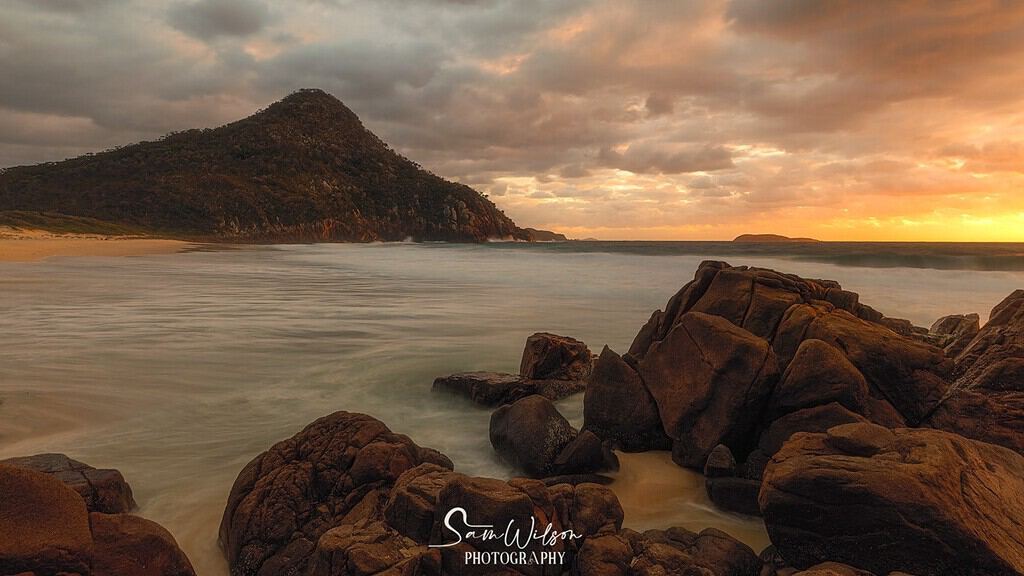
Taking the time to really understand and connect with a location makes all the difference.
It’s not just about showing up; it’s about being there, fully present, and open to the experience.
This approach transforms your photography, making each shot not just a picture, but a moment captured in time.

The Importance of a Backup Plan
Having a backup plan is key in landscape photography because things often don’t go as planned. The weather can surprise you, access to your location might be blocked, or the lighting could be off.
Think About Other Places: Keep a list of alternative spots handy. If your first choice isn’t working out, you’ll have other options to turn to.
Be Ready to Change Days: Bad weather doesn’t mean a ruined shoot; it might just mean postponing. The changing conditions could even lead to some unexpectedly great shots.
Try Different Shots: Missed out on the grand view due to fog? Shift your focus to the smaller details. The texture of the rocks or the pattern of dew on a spider’s web can be just as captivating.
A solid backup plan doesn’t just save the day; it often leads to discovering new perspectives and makes every photography outing memorable. It’s about being prepared to capture beauty in any situation, keeping the adventure of photography alive and exciting.
Conclusion
Planning your landscape photography helps you get ready to capture nature’s surprises.
Think about the best times, pick your spots, check the weather, pack the right gear, and don’t rush it.
This way, you’re not just prepared technically; you also get closer to the landscape, telling its story through your photos.
It’s the whole experience that counts, from planning to capturing those unexpected moments. So, grab your camera, and let the adventure unfold.
And at the end of the day, no amount of planning will be 100% accurate for when you’re actually on location, and that’s the beauty of photography out in nature – embrace the unpredictable.
That’s it for now – Keep clicking and sipping 📷 ☕ 🍷
Like this post? PIN it so you can save it for later
Other Helpful Articles:
- Plan the Perfect Photography Trip
- Best Apps for Planning and Scouting Landscape Photography Locations
- Timing Your Landscape Photography: 7 Tips For Getting Great Shots
- Clouds In Landscape Photography: Tips For Powerful Photos
- Travel Photography Shot List: Essential Photos for Your Adventures
- Travel Photography Tips: 40+ Essential Tips For Great Photos
Are you a beginner landscape photographer looking to improve your skills and capture stunning photos of nature?
If so, “The Landscape Photography Handbook – Exploring the Wonders of Nature” is the perfect guide for you.
In this 90-page ebook, you’ll learn everything you need to know to get off auto mode and start using manual settings to capture stunning photos of nature.





